Structured Literacy And How It Compares to Balanced Literacy
This post may contain affiliate links, and I will earn a commission if you purchase through these links. Please read the disclosure policy for more details.
When it comes to teaching reading, there are two main approaches: structured literacy and balanced literacy. While both methods have their pros and cons, it can be tough to decide which is the best for your classroom or child. In this blog post, we’ll break down the key differences between these two approaches and share why one approach is best for all students.
What is structured literacy?
According to the Iowa Reading Research Center, structured literacy is explicit, systematic teaching that focuses on phonological awareness, word recognition, phonics and decoding, spelling, and syntax at the sentence and paragraph levels.
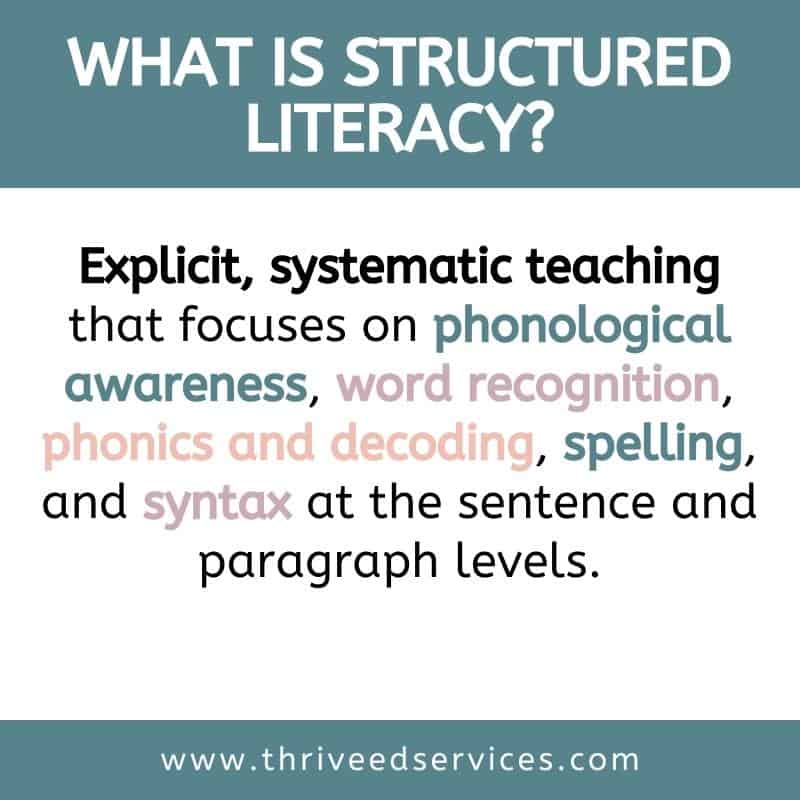
Structured literacy is a term coined by the International Dyslexia Association (IDA) to describe a specific approach for teaching literacy skills. The IDA states that structured literacy is “the umbrella term used by the International Dyslexia Association (IDA) to unify and encompass evidence-based programs and approaches that are aligned to the Knowledge and Practice Standards (KPS; Cowen, 2016).”
The IDA supports different approaches to structured literacy, including phonics-based instruction, multisensory instruction (MMI), research-based intervention programs like Lindamood-Bell and Wilson Reading System, Struggling Readers Team (TRI), Orton Gillingham teaching methods, Instructional Support Teams (IST), and other programs that address common core standards.
Structured literacy programs focus on explicit phonics instruction early on, which some critics argue can suppress the development of fluency and prosody. Proponents of structured literacy are concerned that students who do not learn how to decode unfamiliar words early on will rely on poor strategies such as picture cues, and will struggle with comprehension and spelling for many years.
Structured Literacy Components
All structured literacy programs must include the 3 principles and 6 elements outlined below.

The principles of structured literacy are:
- Systematic and cumulative
- Diagnostic
- Explicit
Systematic means that the organization of the material follows a logical order of language. It progresses from easy and basic and builds upon these skills to more difficult skills in a methodical way. Cumulative means that each step is based on concepts previously taught
Diagnostic means teachers need to individualize instruction by using continuous assessment. Content must be mastered to the degree of automaticity before progressing to the next step.
Explicit means concepts are taught directly with student-teacher interaction without assuming the student knows specific concepts from exposure. Multisensory methods are also included in explicit instruction.
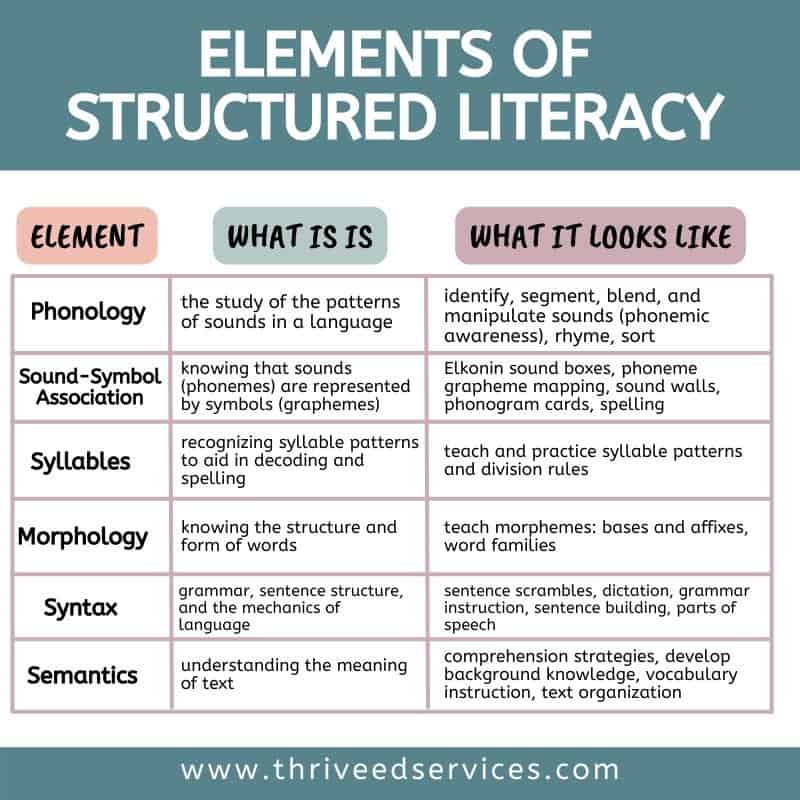
Structured literacy includes 6 elements:
- Phonology: focusing on the ability to distinguish, segment, blend, and manipulate sounds (aka phonemic awareness)
- Sound-Symbol Association: mapping phonemes to letters and letters to phonemes
- Syllables: The 6 syllable types and division rules are taught to help readers decode unfamiliar words.
- Morphology: Working on morphemes (base elements and affixes) helps students decode and understand the meaning of complex words.
- Syntax: Grammar, sentence structure, and the mechanics of language
- Semantics: instruction in comprehension
Early reading instruction will include lots of phoneme manipulation, phoneme grapheme mapping, and syllable types activities. From there, students work on morphemes such as prefixes and base words. At this point, students should be strong decoders, and they can learn about morphology, syntax, and semantics. The ultimate goal is reading comprehension and all the components lead to this goal.
For example, students learn the long o sound can be spelled as o first. Later, other graphemes are introduced based on their level of difficulty. They would learn o_e, then ow and oa. Students would not learn all the ways to spell long o at first, because that is not systematic. It’s taught with a specific scope and sequence that incorporates lots of review to ensure students reach automaticity before moving on to another skill.
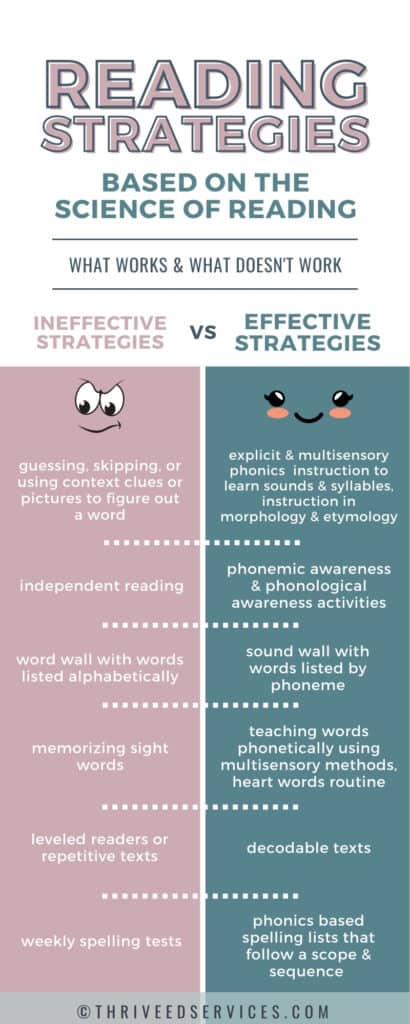
What is balanced literacy?
Balanced literacy is a philosophy of literacy instruction, which emphasizes the importance of both phonics-based instruction (or direct instruction in letter/sound correspondences) and whole language instruction (in which the letters combine to make words through print exposure).
In a balanced literacy environment, children receive both instruction in phonics and text-based activities that help them develop the skills needed to become proficient readers. However, there is less emphasis on phonics instruction due to the belief that children learn to read through exposure to different texts.
Skills are also not taught systematically. Students are taught to use context to guess words they can’t read. Instruction is focused on shared reading, guided reading, and independent reading.
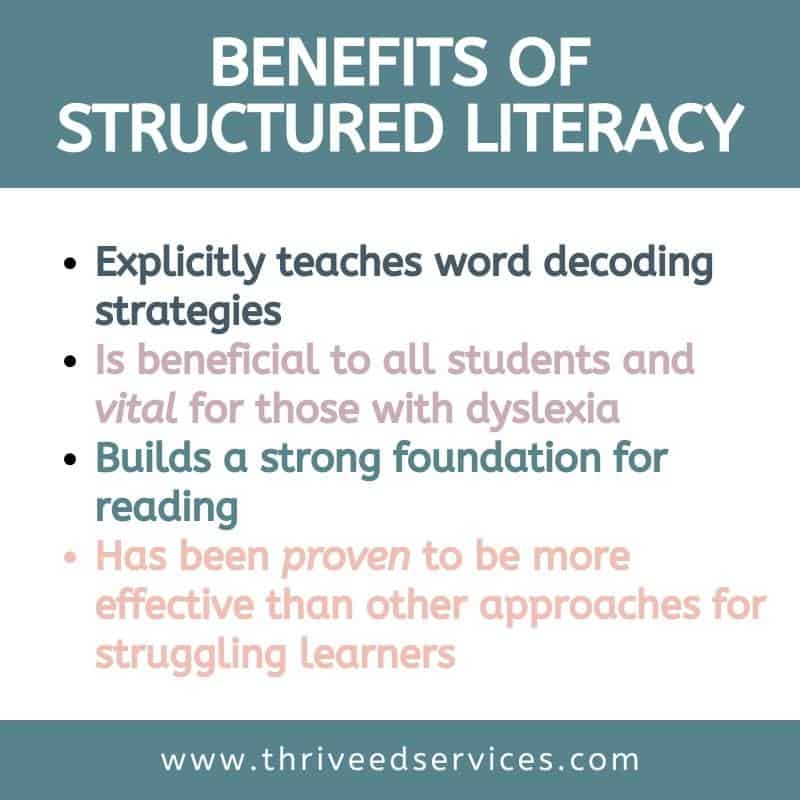
Structured Literacy vs Balanced Literacy – how do they compare?
Structured literacy is a specific approach that teaches communication skills in an explicit and systematic way through systematic, multisensory instruction with direct phonics instruction. Balanced literacy focuses on the importance of both print-based activities and phonics instruction; however, there is no specific instruction plan to teach students how to read or write.
Due to the lack of focus on decoding skills with balanced literacy, students with learning disabilities and dyslexia who do not easily internalize the patterns of language through exposure will struggle. These students will have to rely on pictures and clues whenever they can because they are missing the key components to reading unfamiliar words: decoding skills.
Multiple studies have shown that balanced literacy programs are inadequate for struggling readers, and therefore using a structured literacy approach is beneficial for all students.
In fact, you can see how EdReports rates each curriculum here. Fountas & Pinnell, one of the most popular balanced literacy programs used in the U.S., fails every category.
Structured literacy is based on the science of reading and has lots of research proving its effectiveness, especially for students with dyslexia and reading-based disabilities. See the sources list at the end of this post for some of the research.
Structured Literacy Programs
Below are some popular structured literacy programs:
- 95 Phonics Core Program
- All About Reading
- Amplify CKLA Skills
- The Barton Reading & Spelling System
- Expanding Expression Tool Kit
- The Family Fun with Fluency Kit
- Language! The Comprehensive Literacy Curriculum
- The Lexia-Herman Method
- The Lindamood-Bell LiPS Program
- Literacy Lab
- Moose Materials
- Nessy Reading
- Project Read
- The RAVE-O Curriculum
- Read Naturally
- Reading Focus Cards
- Remediation Plus Systems
- REWARDS Program
- Sonday Systems 1 and 2
- SPELL-Links
- S.P.I.R.E.
- West Virginia Phonics
- Wilson Reading System
- WORDS: Second Edition
Note that some of these scored as “partially meets expectations” on EdReports due to not having adequate practice in certain areas.
Bottom Line
While there are many ways to teach children how to read, structured literacy has been shown in research studies to be the most effective at preventing students from struggling unnecessarily. Adding in the positive parts of balanced literacy such as read alouds and lots of print exposure can help get the best of both worlds and create fluent readers.
If you’re using a balanced literacy curriculum, be sure to add in quality phonics and phonemic awareness instruction that follows the principles of structured literacy.
Sources:
- Structured Literacy: Effective Instruction for Students with Dyslexia and Related Reading Difficulties – International Dyslexia Association
- What is structured literacy? Carolyn D. Cowen
- Structured Literacy Programs – The Reading Insitute
- Structured Literacy and Typical Literacy Practices: Understanding Differences to Create Instructional Opportunities – Louise Spear-Swerling
- The use of a Structured Literacy program to facilitate the inclusion of marginal and special education students into regular classes – Center, Y., & Freeman, L.
Want to remember this? Save Structured Literacy And How It Compares to Balanced Literacy to your favorite Pinterest board!

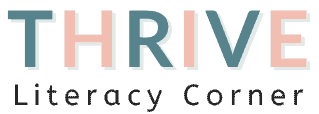

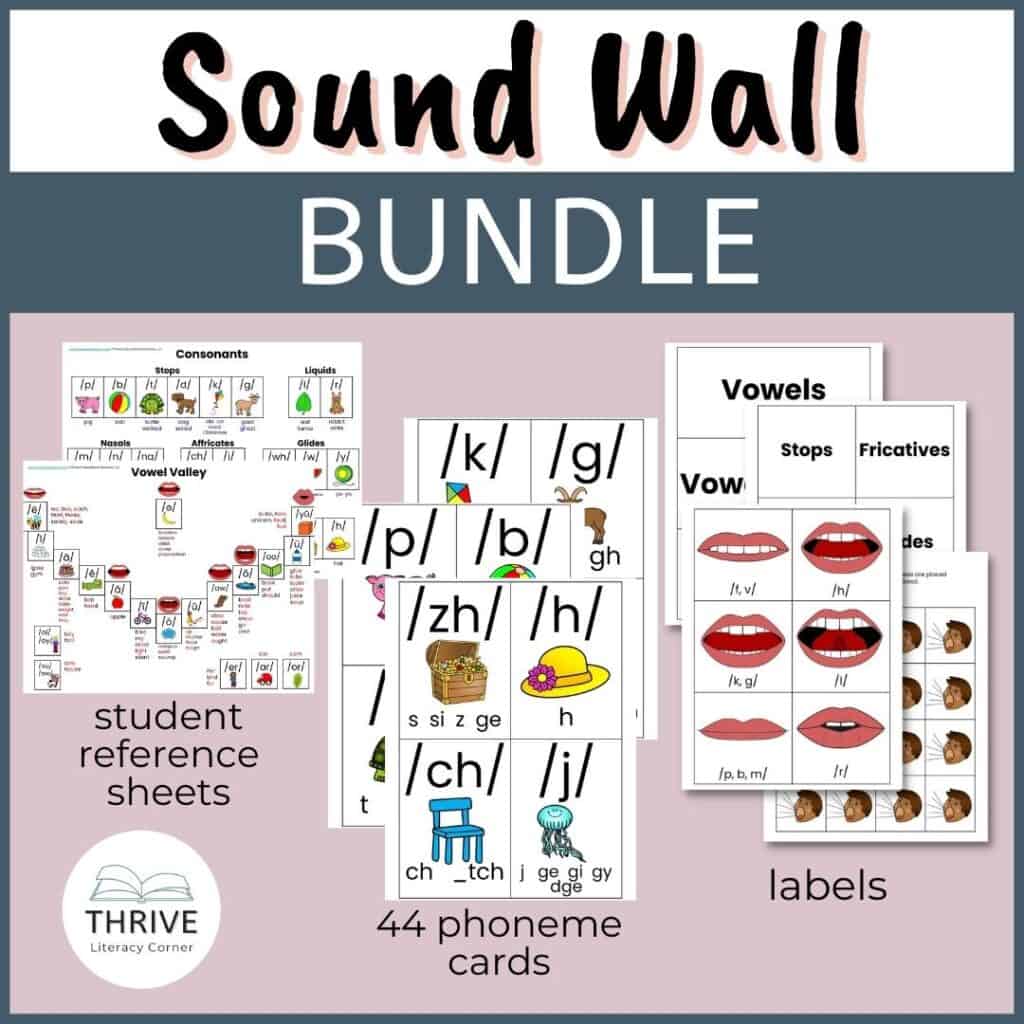
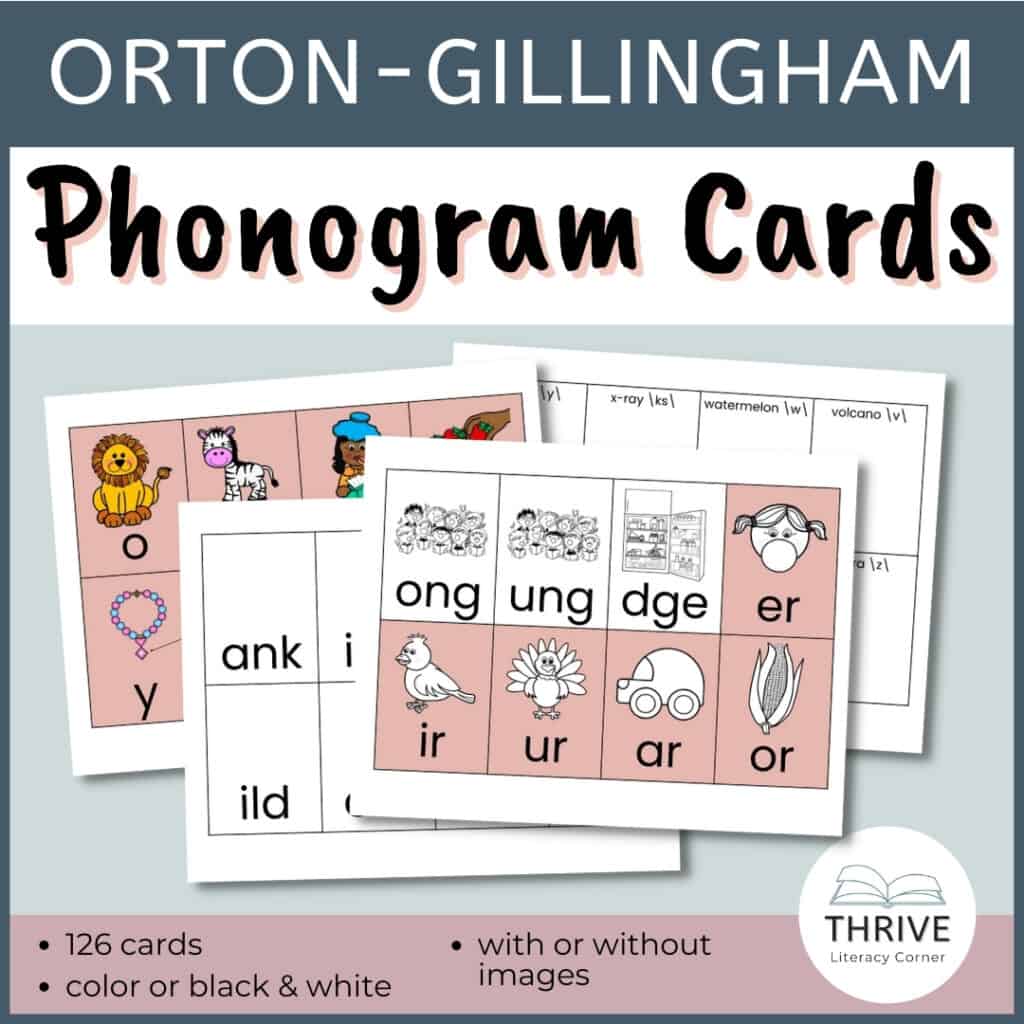
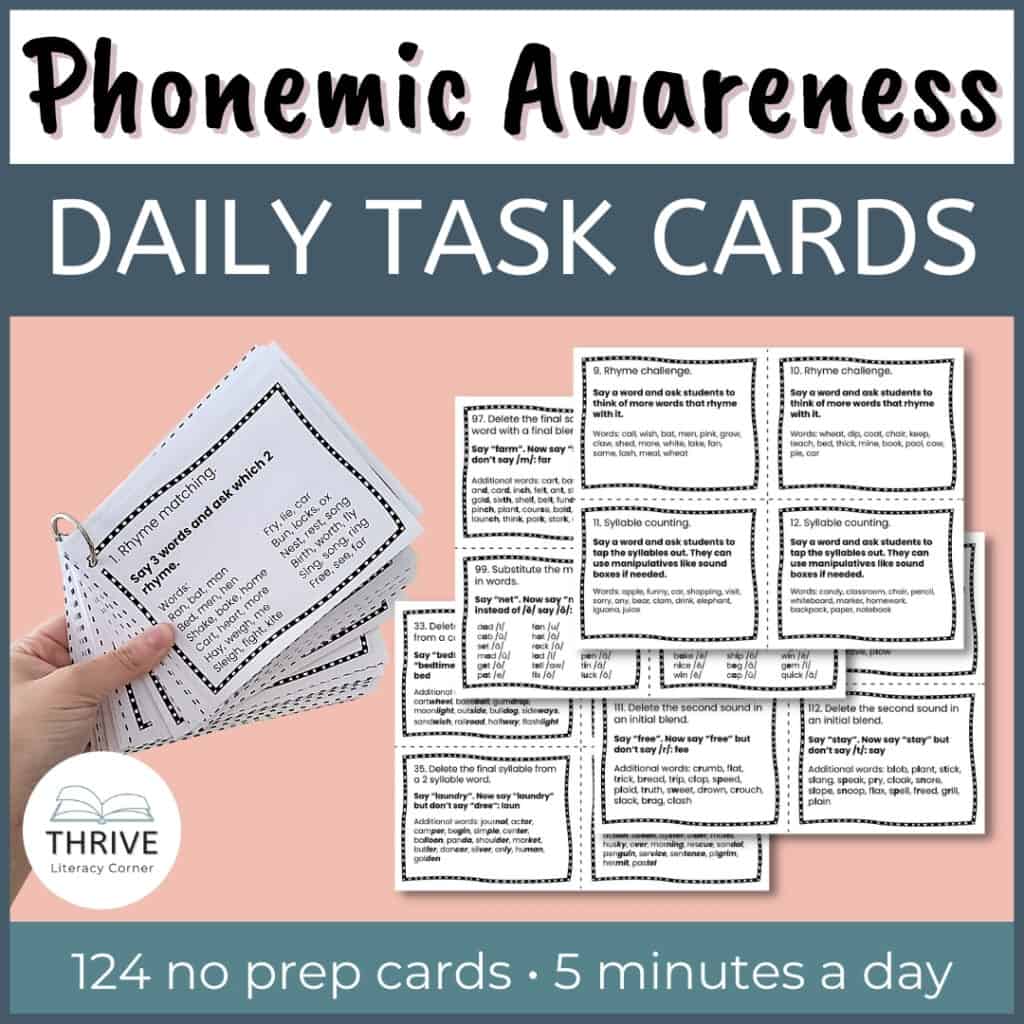

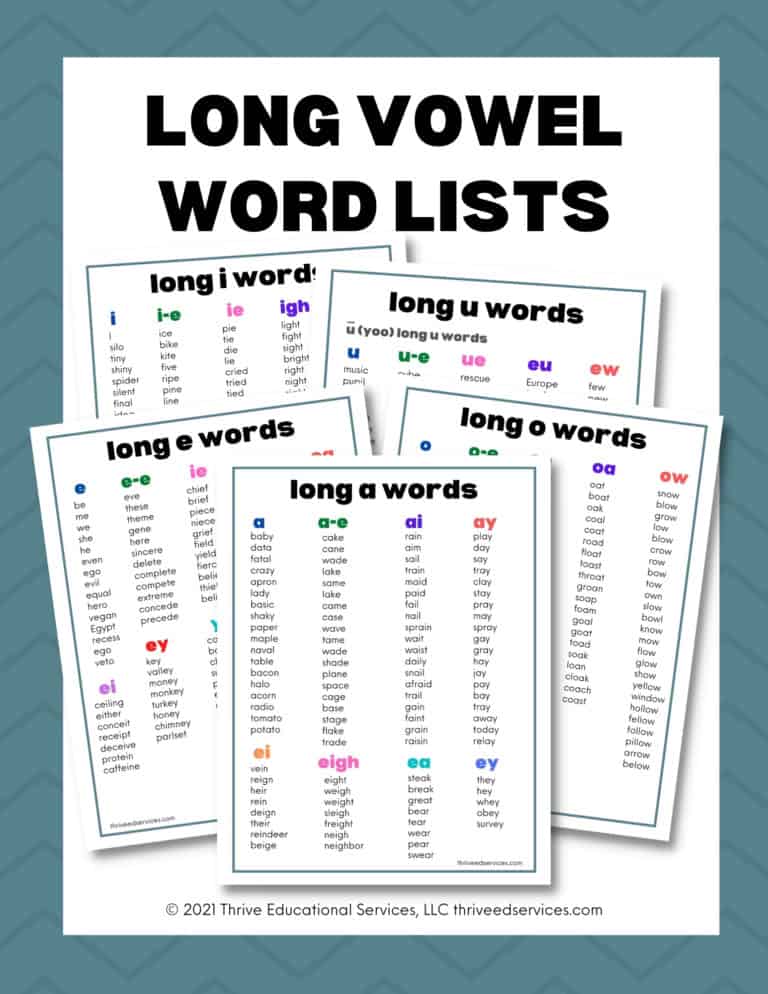

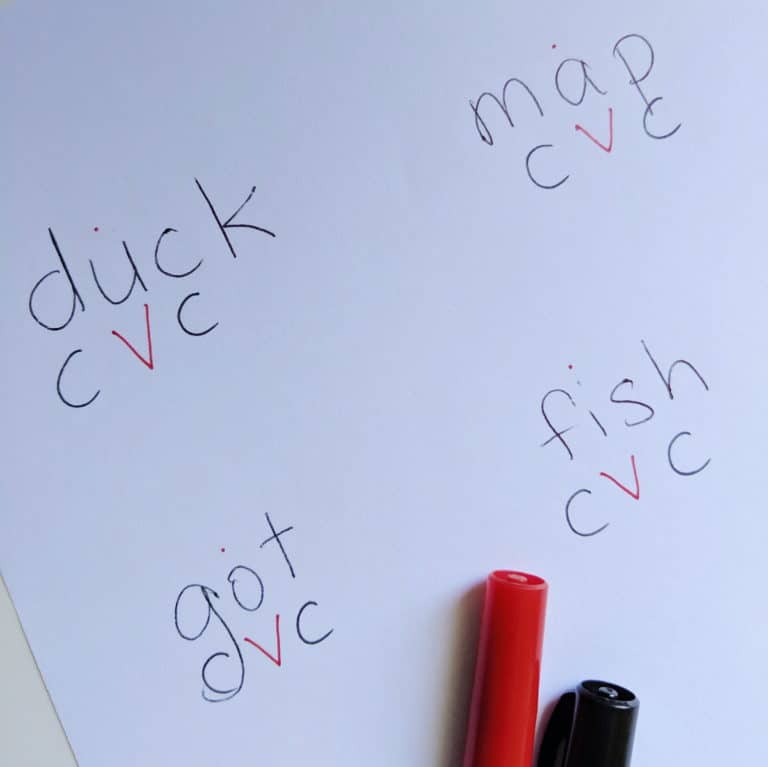
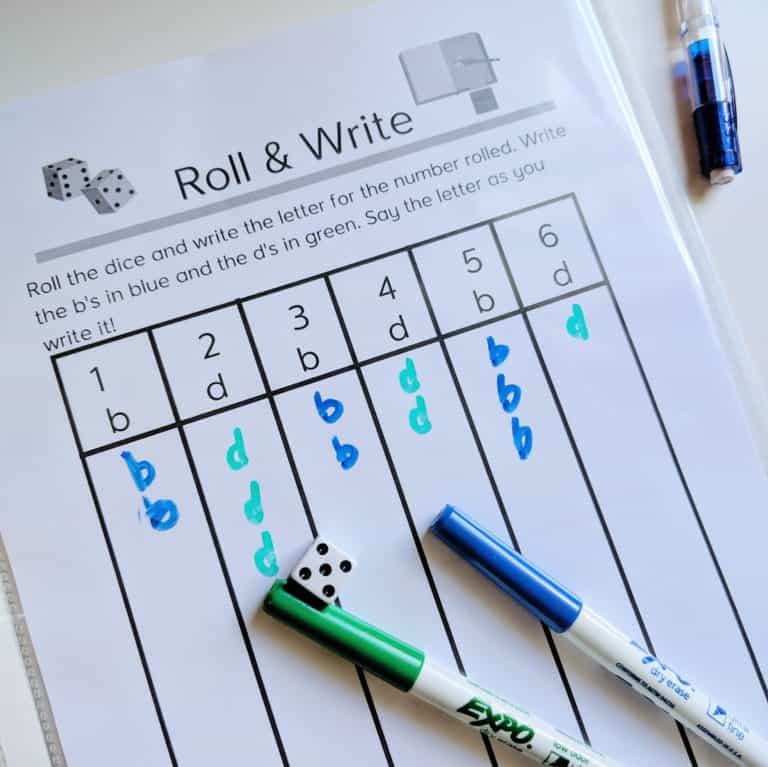

Thank you, Delilah. A wonderful and very important post!
Thanks! I am glad you found it helpful 🙂
Structured and Balanced Literacy can go hand in hand if a teacher understands the pedagogy and methodology of reading. I started teaching in 1974. I was a member of IRA now ILA, when we went through the “Reading War!” It is a sad day, and a major distraction! I believe that all students can learn to read through a Comprehensive Approach!